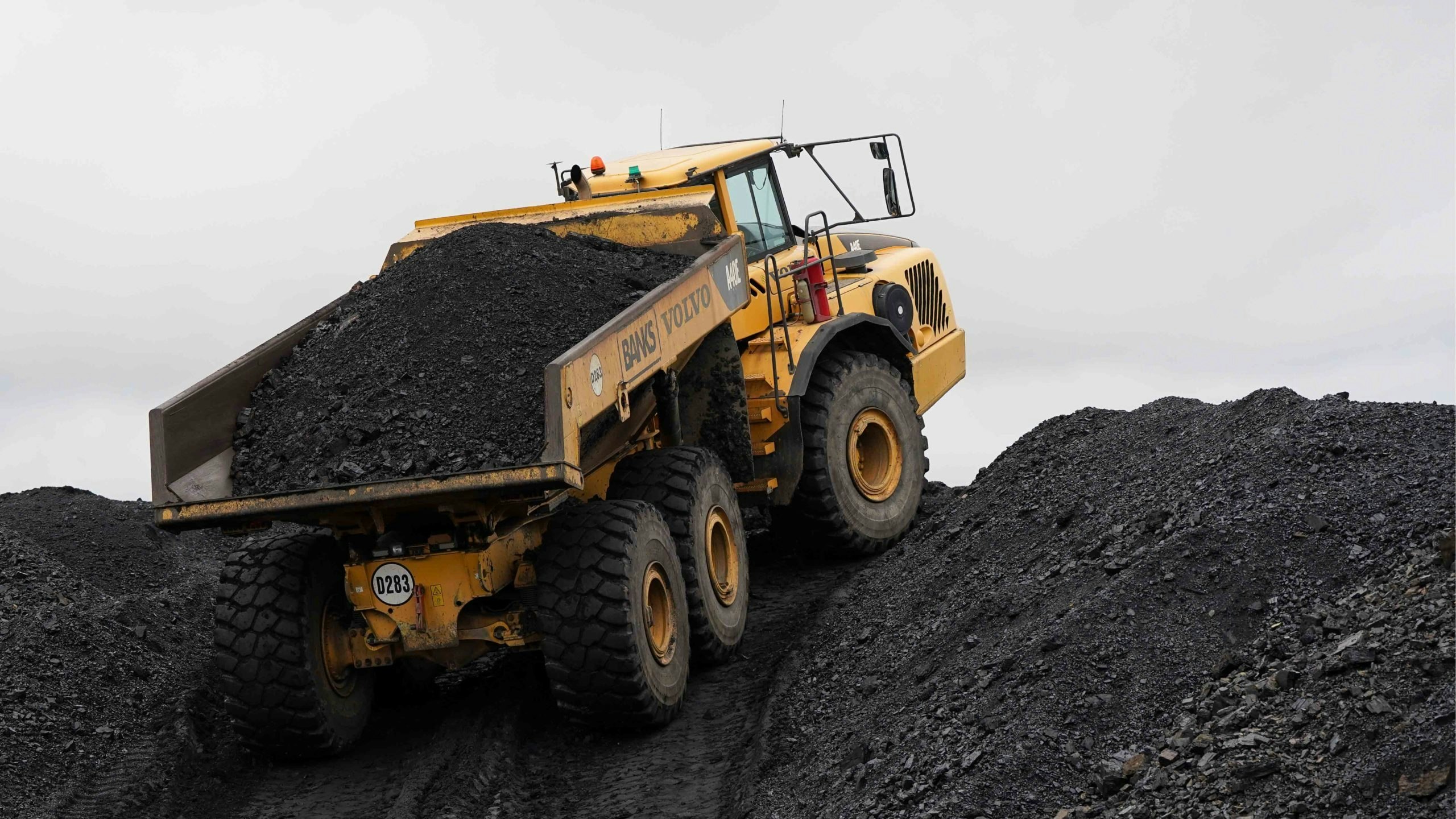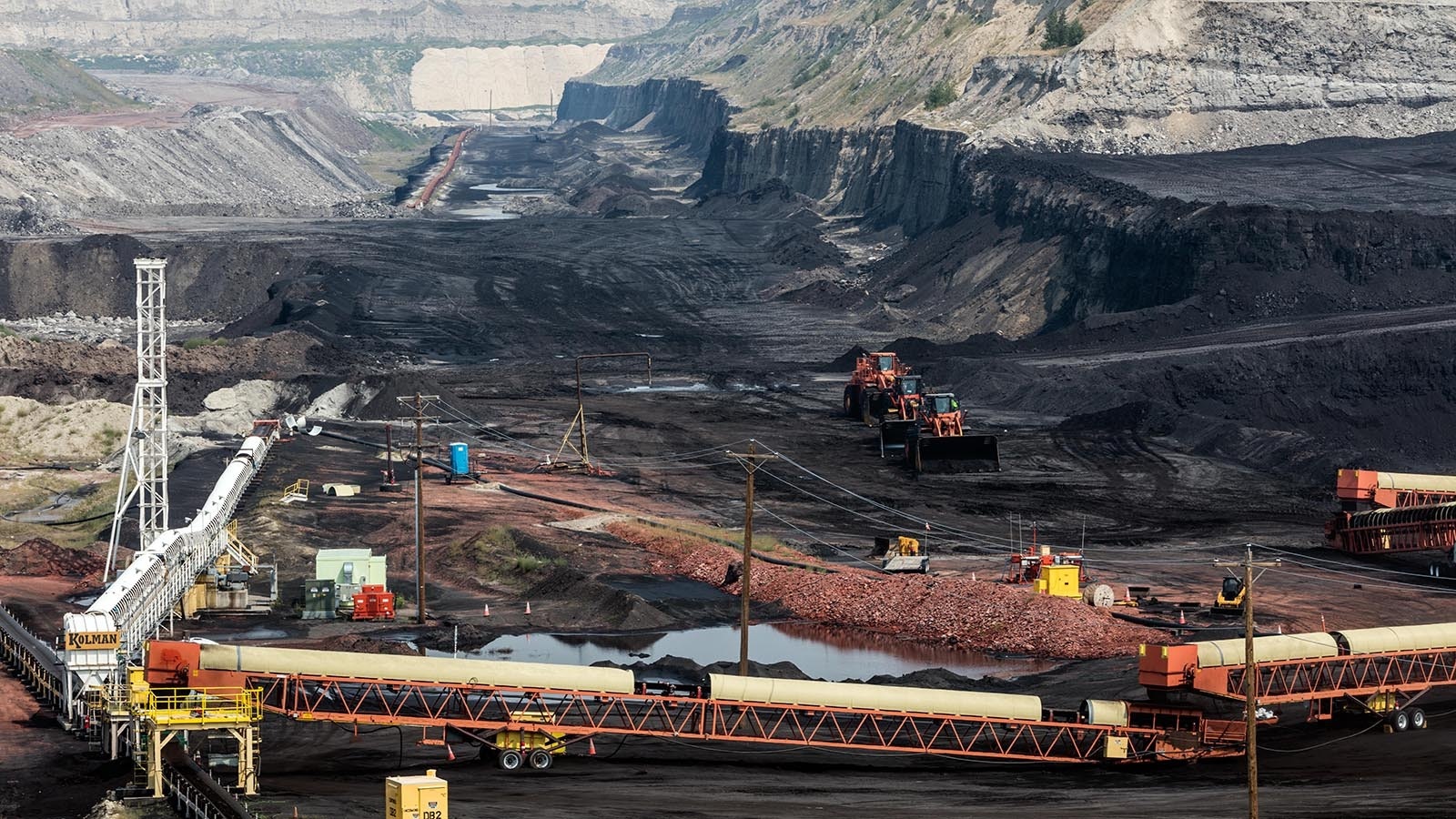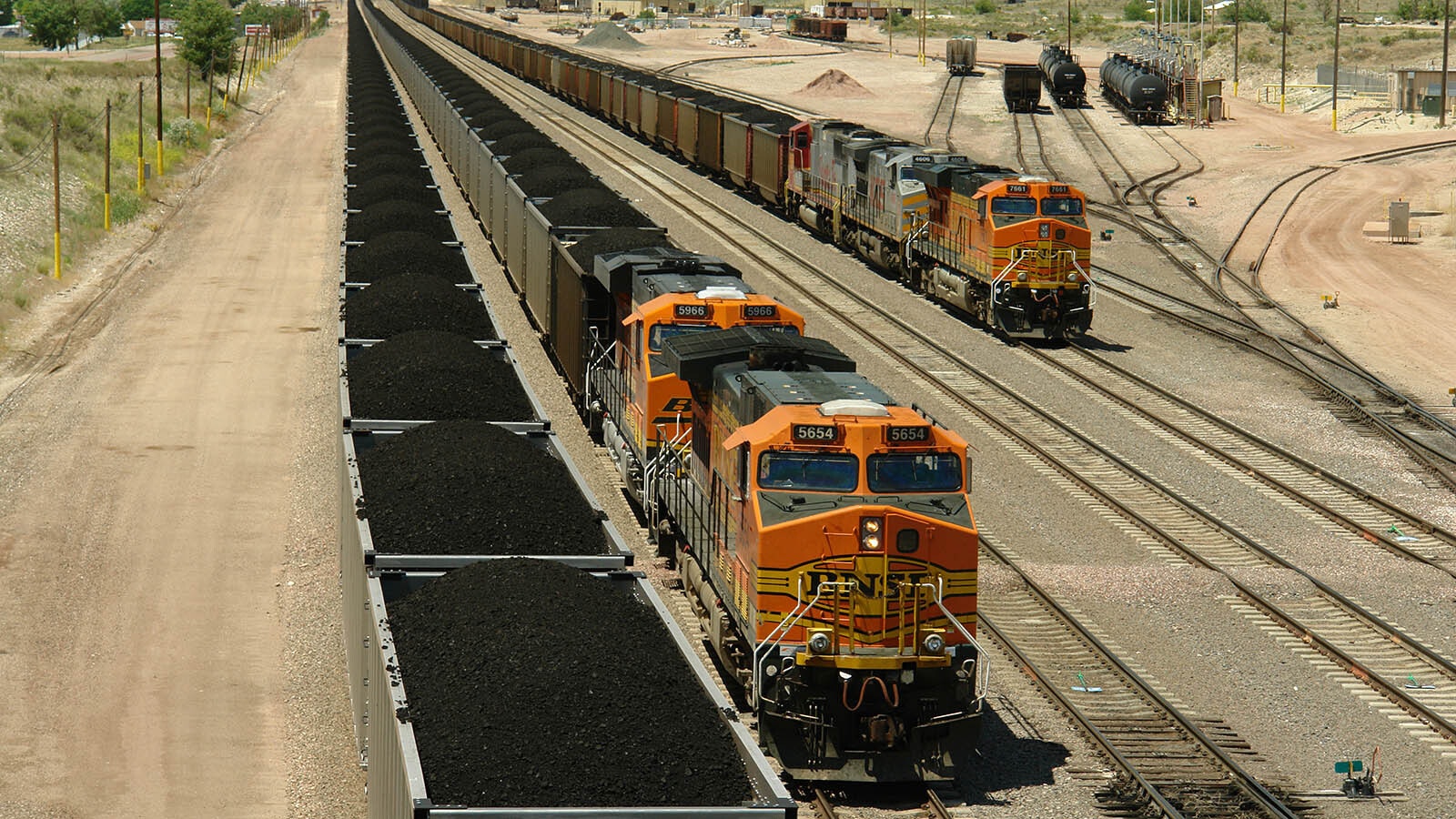As natural gas prices soar ever higher, electrical coal generation is seeing an uptick as utilities try to keep energy prices low. It’s good news for Wyoming’s economy, but it’s unlikely to be sustained in the long term.
Ceres, a sustainability advocacy nonprofit, recently released its annual report, which highlights trends in CO2 emissions in the U.S. electric power sector.
Coal electrical generation increased by 16% from 2020 while natural gas generation decreased by 3% from 2020. Coal generation accounted for 22% of U.S. electricity generation in 2021, up from 19% in 2020, the report noted. Other sources show similar increases in the same time period as the nation climbs out of the 2020 pandemic.
The big driver of the increased demand for coal is the increase in natural gas prices. Natural gas generation declined 3% after prices nearly doubled between 2020 and 2021, the Ceres report said.
“Utilities look at which fuel is going to give them the best bang for the buck so they can provide their consumers with the lowest cost energy possible,” said Travis Deti, executive director of the Wyoming Mining Association.
Between 2020 and 2021, natural gas production in the U.S. increased 183 terawatt hours, whereas coal production increased 255 terawatt hours, according to BP Statistical Review of World Energy and Shift Data Portal, a data hub for energy and climate statistics. The source measures production of the raw product in terms of the amount of energy it contains, as measured in terawatt hours.
“Utilities want coal right now, and we’re doing everything we can to meet that demand,” Deti said.
Blips And Trends
While the short-term trend is promising for Wyoming’s coal mines, the longer trend is not as encouraging. The nation’s coal production peaked at 6,695 terawatt hours in 1998, putting 2021’s uptick in production half what it was in the late 1990s.
The pandemic year of 2020 was also an outlier as health restrictions greatly lowered energy demands, so just about every energy sector is seeing some increases in 2021 over the previous year.
University of Wyoming energy economist Robert Godby said there’s a number of factors that are keeping natural gas supplies scarce, which is creating a temporary interest in coal.
Prior to the pandemic, the market was flooded with natural gas, which sent prices plummeting. Then, as the pandemic ripped through energy markets, petroleum was seeing negative pricing.
As a result, the major gas-producing basins, such as the Bakken in North Dakota and the Permian Basin in Texas, laid off a large portion of its workforce.
Now with prices up again, it’s not been easy to get the gas flowing again. As with all industries, natural gas producers looking to ramp up production run into supply chain issues and labor shortages.
Building a rig means a lot of steel pipe, and that’s much harder to come by than it was before 2020. The hydraulic fracturing process also needs diesel and sand, which have become more expensive.
Lastly, there’s the workforce. Even with the high wages they offer, producers have found it difficult to entice people back to the oil fields, especially when the jobs require long hours, dangerous work, and could be very short term.
“Producers would love to produce more, but it’s the same story we’ve seen elsewhere,” Godby said. The oil fields are “prone to booms and busts. Right now it is a boom, but the pandemic is a perfect example of a bust. Luckily, that doesn’t happen very often.”
Drought conditions along the Colorado River have diminished output of hydroelectric, Godby said, and are also driving up demand for other sources of electrical generation. With coal being cheaper for the time being, it’s getting some more attention.
European Crisis
Another factor keeping supplies of natural gas low is the war in Ukraine. While U.S. energy policy is pushing for the elimination of fossil fuels, to be replaced primarily by wind and solar, Europe has been pursuing a similar route but much more aggressively.
While European nations have invested billions in wind and solar, the farms haven’t been able to free them from their dependency on natural gas. During the time Europe has built out its solar and wind portfolio, it’s shut down coal and nuclear plants, and also banned fracking that would have allowed the countries to develop their own domestic natural gas supplies.
According to analyst Mark Mills, in a new Manhattan Institute report that analyzes the outcomes of Europe’s energy policy, the amount of energy from fossil fuels on a global level declined from 86% to 84% over the last 20 years. Currently solar and wind supply just 5%.
Lacking its own domestic supplies and cut off from Russia, Europe has looked to the U.S. for imports of liquid natural gas. Godby noted that contributed to the scarcity in the U.S.
“It’s not a big chunk of our natural gas production, but it’s enough to really make supplies scarce,” Godby said.
According to the Statistical Review of World Energy – BP, the gas prices in Europe between 2020 and 2021 increased three to five fold.
Europe is also looking to coal to satisfy its energy needs in the face of crushing natural gas prices.
Markets Insider reports, based on Rystad Energy data, that power generation using coal has shot up over 20% in France, Germany, Italy, Netherlands, Spain and the UK together since last year. Analysts told Markets Insider that coal could remain competitive with natural gas for the next couple of years.
The energy crisis in Europe is having far greater impacts to its economy than we’ve seen so far in the U.S., but we’re not too far behind, warns Michael Shellenberger, author of Apocalypse Never and San Fransiko.
On his substack page, Shellenberger points to a letter from 40 CEOs of European metal companies warning that the energy shortages are an “existential threat” to their industries. Half of Europe’s aluminum and zinc capacities have already been forced offline as a result, and electricity and gas costs are over 10 times what they were last year, the CEO’s write.
As a result of the economic pressures, Europe is having to tap coal supplies, especially as winter looms on the horizon. Likewise, the United Kingdom lifted its ban on fracking, though it will take years to develop its shale resources.
Uncertain Future
Godby said the U.S. is tapping into coal generation because it’s available, but the party won’t last. Many coal plants were retired and those that are running, the economist said, are operating well above their maximum capacity.
Very few new coal plants have been built in the past couple of decades — the last in 2015 — and so these plants are nearing the end of their lifespans.
“By nearing, I mean in the next decade or less,” Godby said.
Add to that state and regional policies set on closing coal-fired generation, and it’s hard to see last year’s coal generation increase as anything more than temporary.
“You have those pressures and that uncertainty in the future,” Godby said.
Deti said that as much as Wyoming coal mines want to satisfy this demand, however temporary it may be, they are facing the same challenges the oil and gas industry is facing with supply chain issues and labor shortages.
Likewise, rail shipping issues are a big problem, and that is possibly going to get worse this week. The Washington Post reports that two unions of conductors and engineers are threatening to strike over time off policies. The other 10 unions of rail workers have stated they’ll refuse to work in solidarity, should the other two go forward with a strike.





